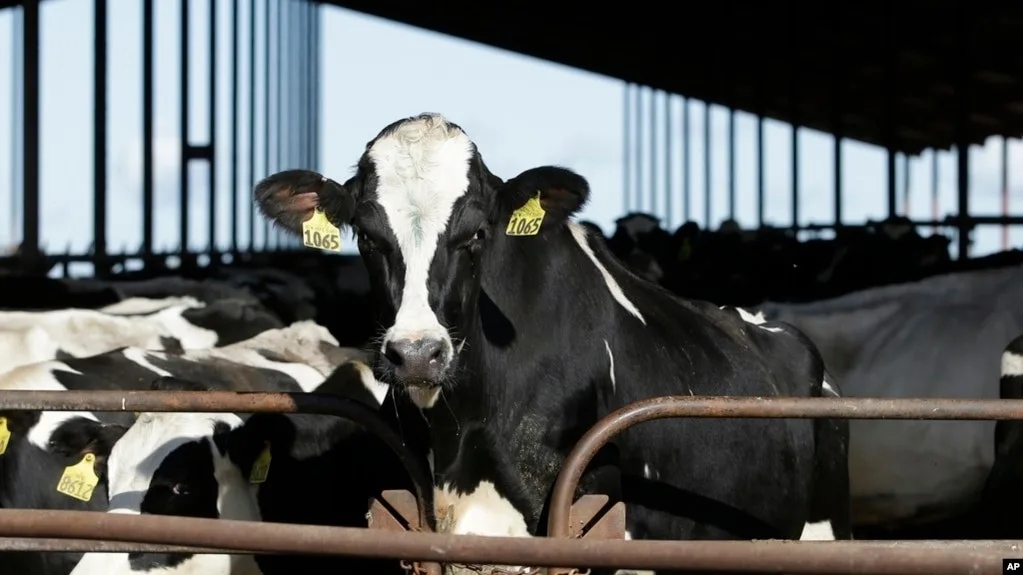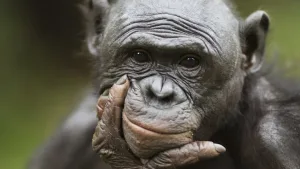A new strain of bird flu has been detected in dairy cattle across multiple U.S. states, marking an alarming development in the spread of the virus. This latest discovery has raised concerns among scientists and health officials about the virus’s ability to adapt, spread, and potentially pose risks to both animals and humans.
What We Know About the New Bird Flu Strain
The U.S. Department of Agriculture (USDA) confirmed that a different strain of H5N1 bird flu, known as the D1.1 genotype, has been found in dairy cows. This marks a significant shift, as previous infections in U.S. cattle had been linked only to the B3.13 genotype. The presence of a second strain suggests that the virus is evolving, potentially increasing the risks of wider transmission.
The strain was identified through genetic sequencing of milk samples collected from infected cows. Experts believe that wild birds may have played a role in spreading the virus to livestock, highlighting the importance of biosecurity measures on farms.
How Is the Virus Spreading?
According to officials, the outbreak is primarily affecting dairy cattle, with new cases emerging in herds across different states. While no direct human infections have been reported from this strain, experts caution that the virus’s ability to mutate could increase risks over time.
Beth Thompson, South Dakota’s state veterinarian, warned that the virus is adapting. “We’re seeing the H5N1 virus be smarter than us. It’s no longer just in poultry and waterfowl—it’s finding a home in mammals,” she said.
In response, authorities have placed affected herds under quarantine, while urging farmers to strengthen protective measures to limit the virus’s spread.
What This Means for Public Health
The discovery of a second bird flu strain in cattle raises concerns about potential mutations that could enable the virus to jump to humans. Although there is no evidence of direct human transmission from dairy cows yet, health officials are closely monitoring the situation.
Gregory Gray, an infectious disease expert at the University of Texas Medical Branch, emphasized the potential risks. “New strains of this virus may escape existing immunity, which could worsen outbreaks among animals and wildlife. That’s what makes this concerning,” he explained.
What’s Next?
Authorities are ramping up testing and containment efforts to prevent further spread. Meanwhile, dairy farmers are being advised to implement strict biosecurity protocols, including minimizing animal contact with wild birds and monitoring livestock for symptoms.
While the current risk to humans remains low, experts stress the importance of ongoing surveillance and research to stay ahead of the virus’s evolution. The next few months will be critical in determining how this new strain behaves and whether it poses broader threats.
#BirdFlu #AvianInfluenza #DairyCattle #H5N1 #USDA #PublicHealth




+ There are no comments
Add yours